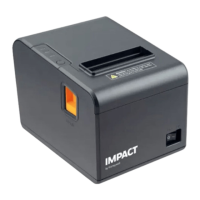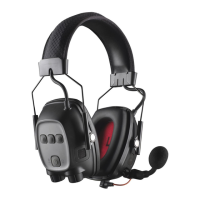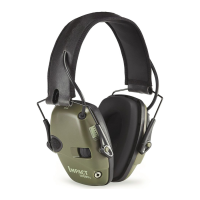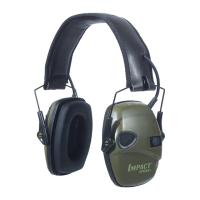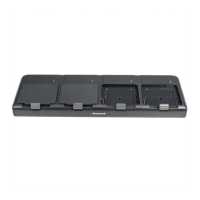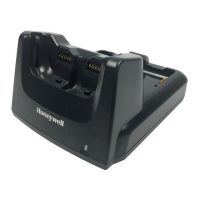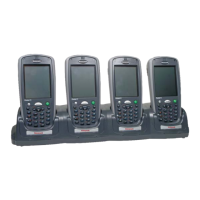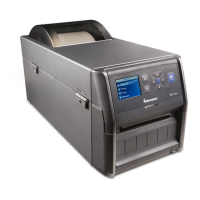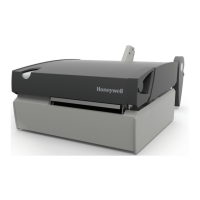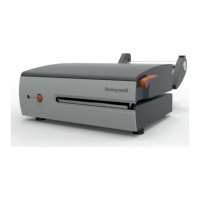Impact / Impact Pro / Impact Pro IR Operating Instructions
72
Hazardous Areas Areas where there is the possibility of the
presence of an explosive mixture of flammable
gas or vapor and air are known as ‘Hazardous’
and other areas as ‘safe’ or ‘non-hazardous’. Any
electrical equipment used in hazardous areas
must be tested and approved to ensure that, in
use even under fault conditions, it can not cause
an explosion.
In Europe, hazardous areas are defined as
follows:
Zone 0: An area where an explosive mixture is
likely to be present at all times, under normal
operating conditions.
Zone 1: An area where an explosive mixture is
likely to occur in normal operation.
Zone 2: An area where an explosive mixture is not
likely to occur in normal operation, and if it does
it is only for short periods.
In the US, hazardous areas are classified in 2
divisions:
Division 1: Equates to Zone 0 and Zone 1
Division 2: Equates to Zone 2
Intrinsically safe Approval by an appropriate authority to use the
instrument in hazardous area.
IP Ingress Protection – a measure of protection
against the ingress of dust and water
IS See Intrinsically Safe
LED Light emitting diode.
LEL Lower Explosive Limit – is the lowest concentration
of ‘fuel’ in air which will burn and for most
flammable gases and vapors it is less than 5%
by volume.
LEL% Percentage of the Lower Explosive Limit (for
example, 10% LEL of methane is approx 0.5%
by volume).
LTEL Long Term Exposure Limit. The 8 hour LTEL is
the time-weighted average concentration for a
normal 8 hour day to which most workers may
be repeatedly exposed, day after day, without
adverse effect. Also known as TWA.
MED Maritime Equipment Directive
Oz Ounce (weight).
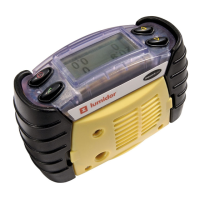
